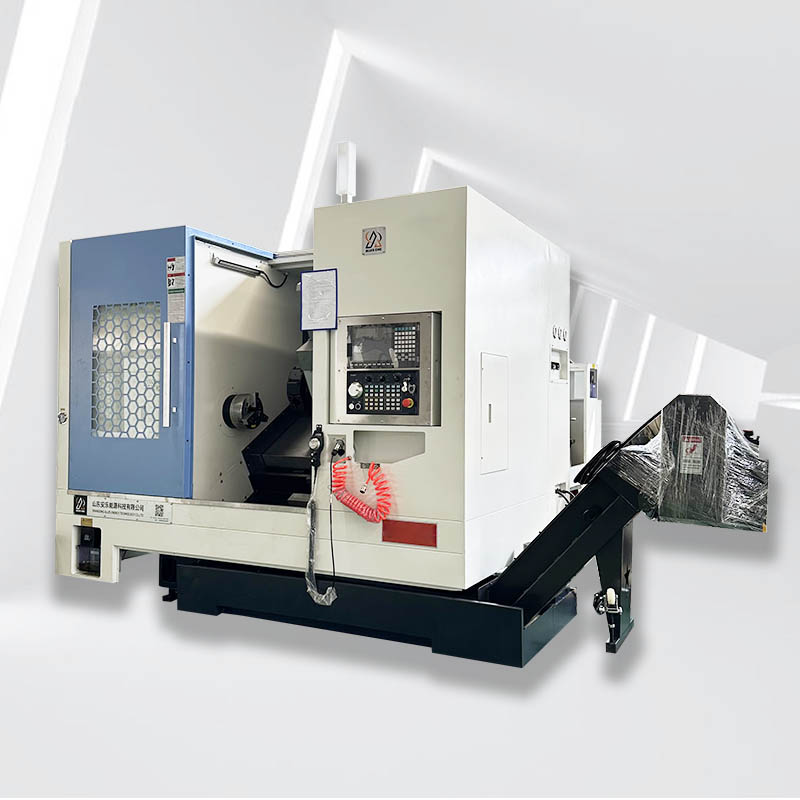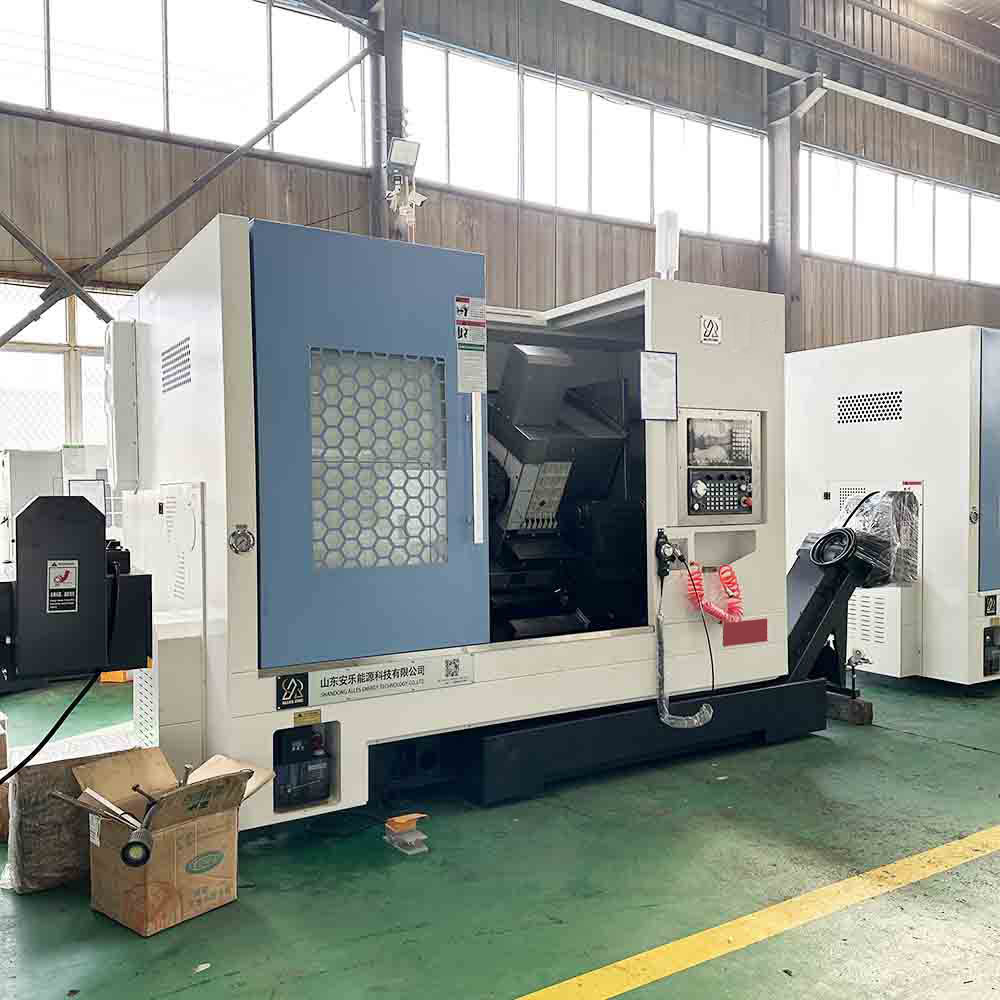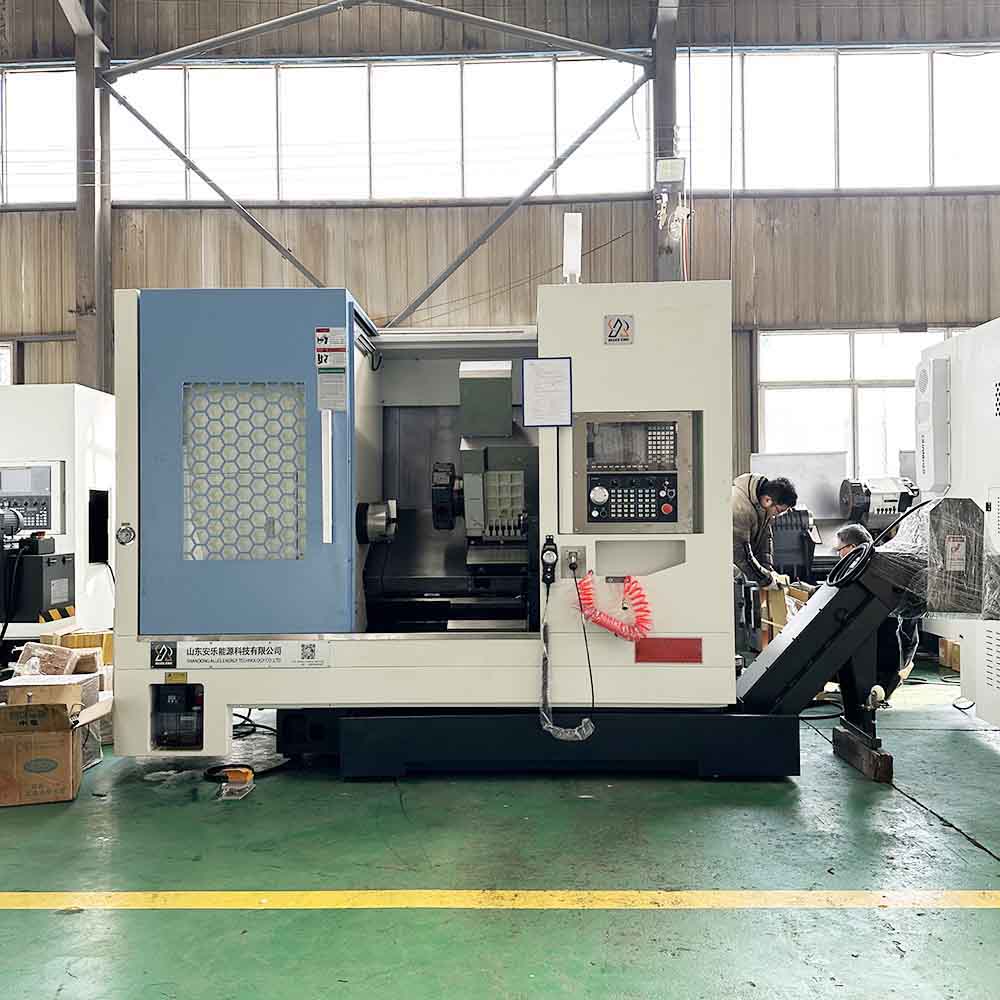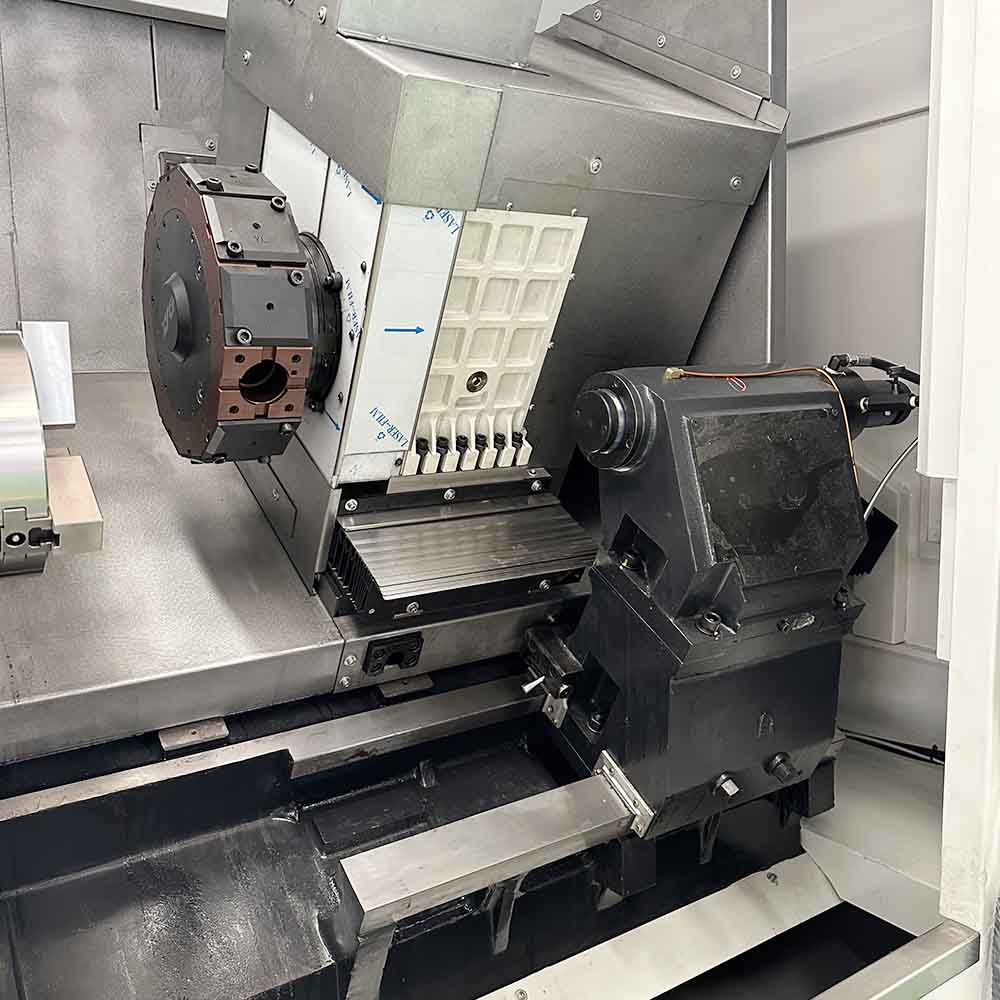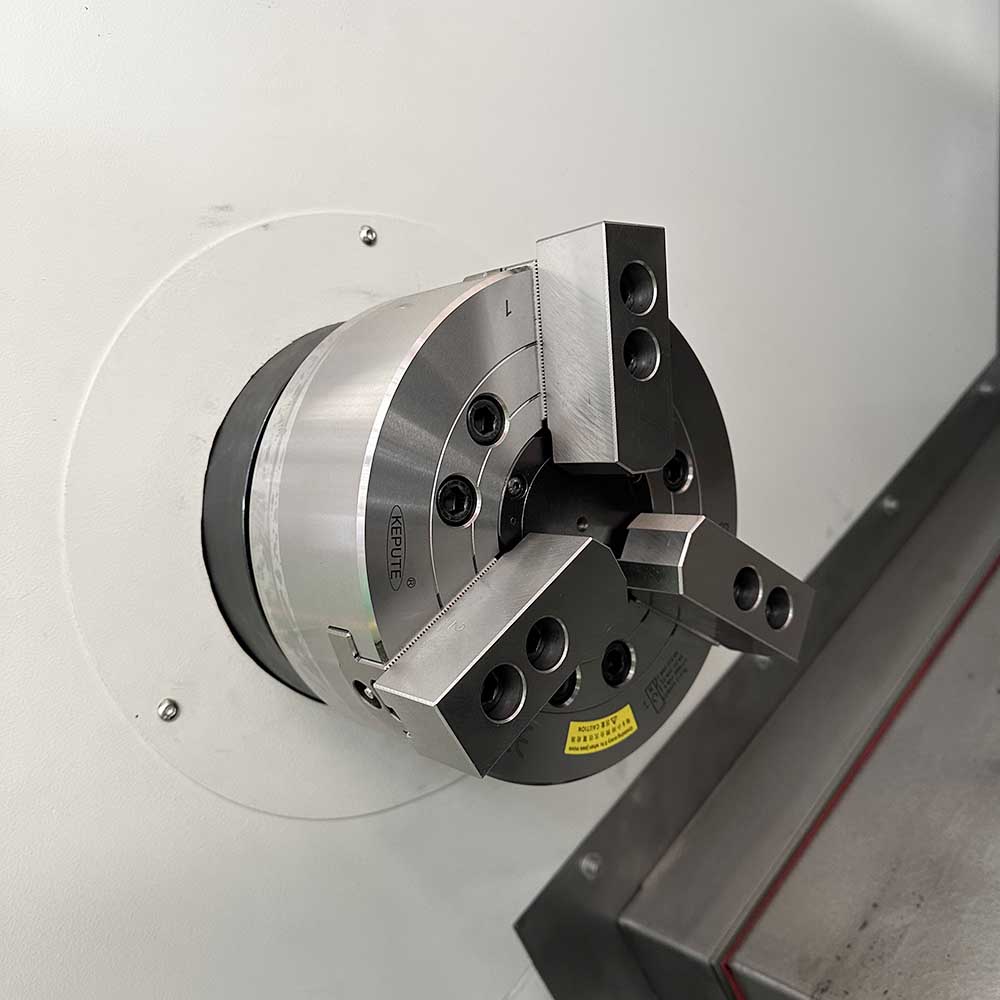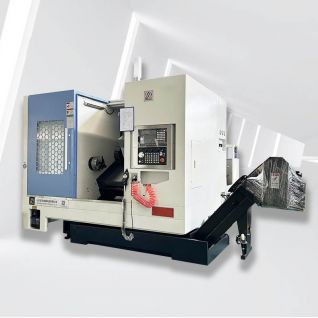PRODUCT
CNC Turning And Milling Compound TCK600DY
The characteristics of CNC turning and milling machines include versatility, high precision, high efficiency, flexibility, cost savings, and improved quality, making them one of the important machining equipment in modern manufacturing industry.
1.CNC turning and milling machines are capable of simultaneous turning and milling operations, allowing for the machining of complex-shaped workpieces. CNC turning and milling centers can perform turning operations on rotationally symmetrical parts and also conduct milling operations such as flat, curved surface, and hole machining, demonstrating versatile machining capabilities.
2.CNC turning and milling centers utilize advanced numerical control systems and precision sensors, enabling high-precision machining. They possess precise cutting, positioning, and machining control capabilities, ensuring that workpiece dimensions and surface quality meet high-precision requirements.
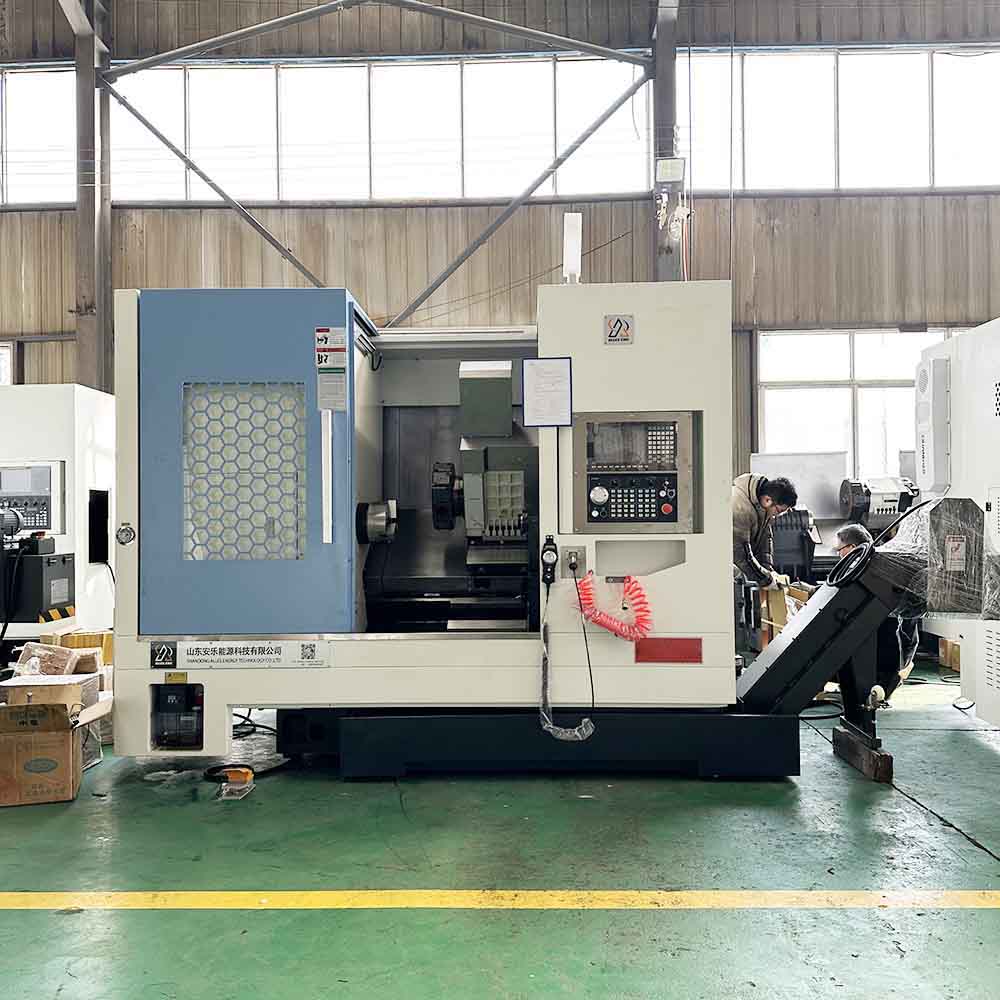
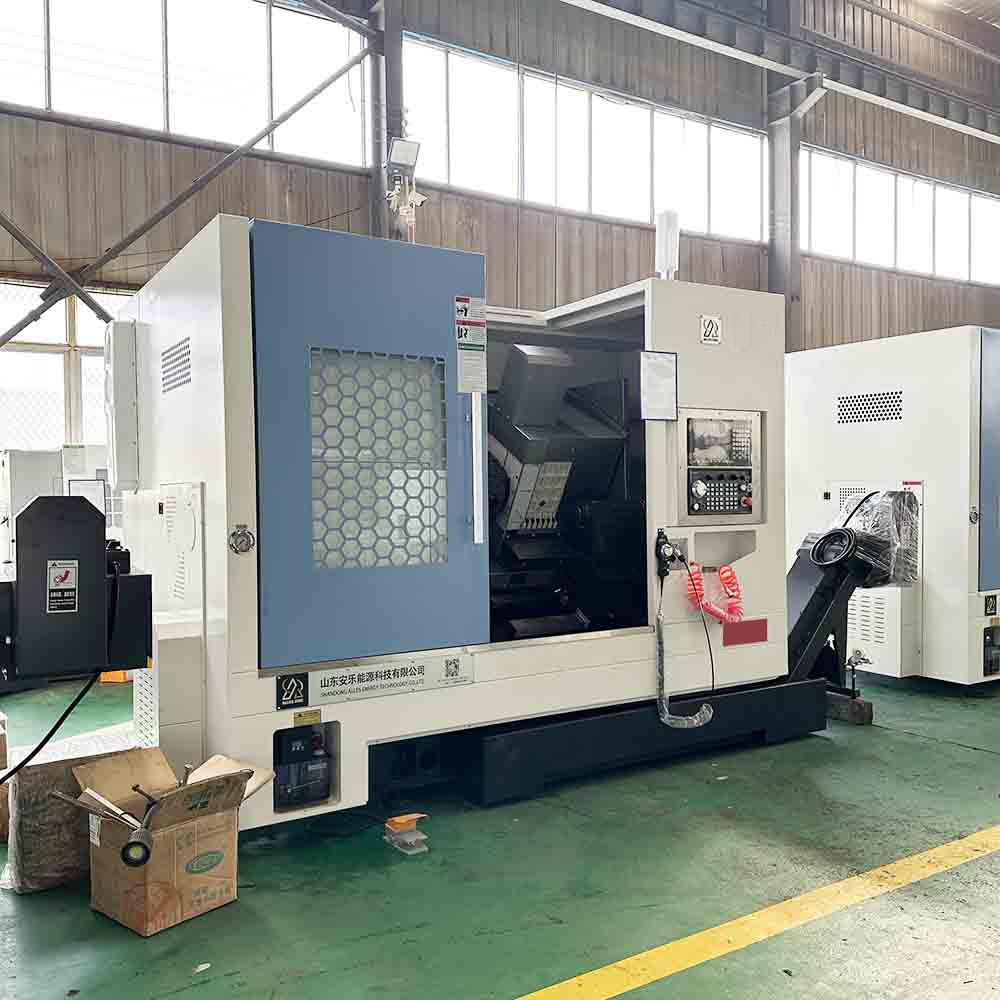
Product Features:
1. CNC Turning and milling centers have the ability for high-speed cutting and rapid feed rates, enabling the efficient machining of complex workpieces within a shorter period. The automation features reduce manual intervention and waiting time, thereby improving production efficiency.
2. CNC Mill-turn centers possess flexible machining capabilities and operating modes. Through programming and tool-changing systems, they can swiftly switch between different machining processes and tools, adapting to the varying machining requirements of different workpieces, thus enhancing production flexibility and adaptability.
3. CNC Mill-turn centers can perform multiple machining operations on a single machine, resulting in cost savings in equipment investment and floor space. Additionally, they reduce manual operations and errors, lowering labor costs and waste rates, thereby improving cost-effectiveness in machining.
4. CNC Mill-turn centers exhibit stable machining performance and repeatable accuracy, ensuring consistent high-quality output for each workpiece. They minimize the influence of human factors on machining quality, thereby enhancing product consistency and reliability.
Product Application Industry
1. CNC Milling-turning centers are suitable for machining workpieces with complex shapes and multiple machining features. They can simultaneously perform turning and milling operations to meet various machining requirements, such as turning external and internal surfaces, chamfering, threading, as well as milling flat surfaces, curved surfaces, and holes. This makes them widely applied in industries such as aerospace, automotive, marine, and energy for the machining of complex components.
2. CNC Milling-turning centers possess high precision machining capabilities, making them suitable for manufacturing precision parts. They can achieve high-precision cutting and machining control, ensuring that the dimensions and surface quality of the workpieces meet precise requirements. Therefore, in fields such as precision instruments, optical equipment, and medical devices, milling-turning compound machines are extensively used for manufacturing high-precision components.
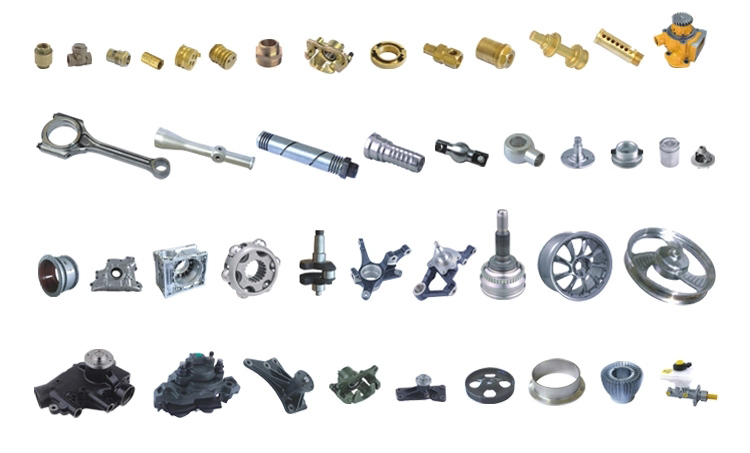
Video
Product Parameter
| Item | Unit | TCK600DY |
| The maximum upper rotation diameter of the bed surface | mm | Φ630 |
| The maximum processing diameter on the tool post | mm | Φ400 |
| Maximum processing length | mm | 880 |
| Spindle maximum speed | rpm | 3500 |
| Spindle hole diameter | mm | Φ90/105 |
| bar stock diameter | mm | Φ75/92 |
| X-axis maximum travel | mm | 315 |
| Z-axis maximum travel | mm | 1000 |
| C axis | 360° | |
| Length X width X height | mm | 3300X1900x2200 |
| weight | kg | 5800 |
